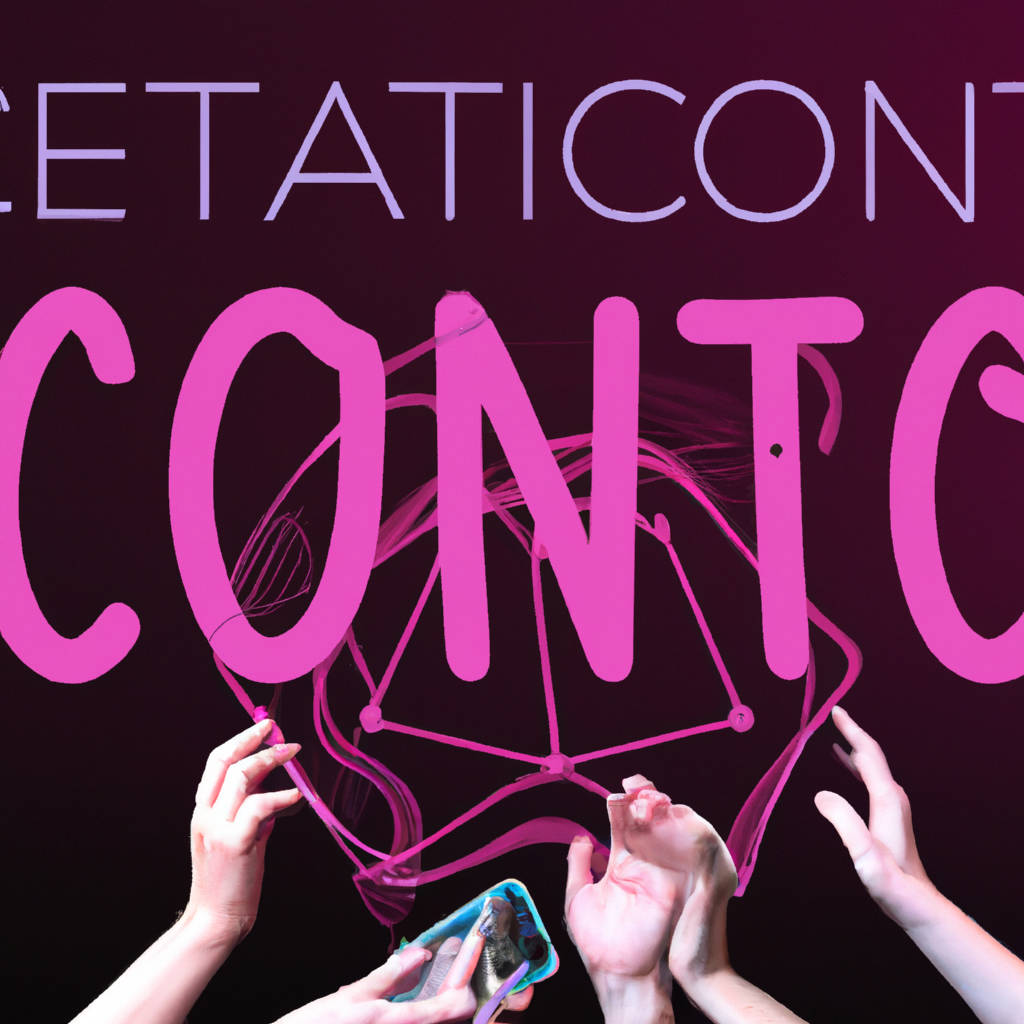Taylor Swift’s greatness is multi-faceted, encapsulating her prowess as an artist and her influence as a public figure. Firstly, Swift’s musical talent is undeniable. With a spectrum of albums spanning genres from country to pop to indie, she has exhibited her versatility and adaptability as a singer-songwriter. Her lyrical genius is often lauded, as she has the ability to weave intricate, relatable narratives through her songs, resonating with millions globally. This is evident in the numerous accolades she has received, including 11 Grammy Awards.
Beyond her musical mastery, Swift’s greatness lies in her authenticity. She has always been open about her life experiences, using them as a source of inspiration for her music. This transparency has fostered a deep connection with her fans, as they feel seen and understood through her songs. Swift is not afraid to bare her vulnerabilities, a quality that is both courageous and empowering.
In addition, Swift’s impact extends beyond music. She uses her platform to support various causes and advocate for change. She has been vocal about issues such as gender inequality and artists’ rights, setting an example for her fans and peers alike. Swift’s philanthropic efforts further exemplify her greatness, as she has donated millions to various charities and disaster relief efforts.
Moreover, Swift’s resilience in the face of adversity is admirable. She has weathered numerous controversies and setbacks throughout her career, yet she has always emerged stronger. Whether it’s the scrutiny of her personal life or disputes within the music industry, Swift has shown an unwavering commitment to her artistry and values.
Lastly, Swift’s work ethic and dedication to her craft are awe-inspiring. She is known for her meticulous attention to detail, from the production of her albums to the planning of her tours. Swift is involved in every aspect of her music, a testament to her passion and commitment.
To sum up, Taylor Swift’s greatness is a combination of her musical talent, authenticity, influence, resilience, and dedication. She is not only a remarkable artist but also an inspiring individual who has made a significant impact in the music industry and beyond.

Artistic Evolution and Versatility
Artistic evolution and versatility represent the dynamic nature of creativity and the power of adaptability in artistic expression. This concept is not static, but rather a continuum that continually evolves, morphed by cultural influences, technological advancements, personal experiences, and societal changes. Each artist, regardless of their chosen medium, undergoes a personal journey of evolution. This journey is often reflected in their work, showcasing a timeline of their growth and change.
Artistic versatility, on the other hand, speaks to an artist’s ability to adapt and diversify their creative output. It is the capacity to work across various mediums, styles, and techniques, continuously pushing boundaries and defying categorization. A versatile artist is not confined by a single style or medium, but rather fluidly moves between them, harnessing the power of each to express their unique vision. This versatility can lead to innovative and groundbreaking work that challenges traditional artistic norms and expectations.
The intersection of artistic evolution and versatility creates a vibrant and dynamic art world. It allows for the continuous reinvention of artistic expression, encouraging artists to explore new territories and audiences to engage with art in novel ways. This constant state of flux and adaptability is integral to the vitality and longevity of the art world. It ensures that art remains relevant, responsive, and reflective of the ever-changing world around us. In this way, artistic evolution and versatility are not just about the individual development of the artist, but also about the collective progression of art as a cultural phenomenon. They are testament to the transformative power of art and its ability to mirror and shape our society in profound and lasting ways.
Lyricism and Storytelling Craft
The art of lyricism and storytelling craft are integral facets of literature and music, bridging the gap between the creator and the audience by telling narratives in a way that is both aesthetically pleasing and emotionally engaging. Lyricism, primarily associated with poetry and songwriting, is a creative process that employs language in an imaginative and appealing manner. It involves the use of rhythm, rhymes, metaphors, and similes to craft verses that not only convey a story but also evoke emotions and stimulate the senses. On the other hand, storytelling craft refers to the skill of spinning tales that captivate and resonate with the audience. It is not just about the plot, but how the narrative is structured, how the characters are developed and how themes are explored. The most captivating storytellers skillfully weave elements of suspense, conflict, resolution, and character development into their narratives, transporting their audience into the world they’ve created. When lyricism and storytelling craft are combined, such as in lyrical prose or narrative songs, they create a potent blend of emotive language and compelling narrative that can deeply touch the audience. They can transform simple words into a vivid tapestry of human experience, painting a picture with words that not only tells a story but also stirs the heart. These two elements of creative writing are not mutually exclusive but rather complimentary, enhancing each other to create a rich, immersive experience. Through the melding of lyricism and storytelling craft, authors and songwriters can create works that are not only entertaining but also profoundly meaningful, reflecting the complexities and beauty of the human condition.
Impact and Cultural Influence
The impact and cultural influence of various aspects in society play a significant role in shaping the values, beliefs, and norms of individuals and communities. These influences can stem from a plethora of sources such as literature, media, religion, education, and even technological advancements. For instance, the rise of social media has had a profound impact on communication styles, societal norms, and the pace at which information is disseminated. It has influenced the way people interact, express themselves, and perceive the world around them. Similarly, literature and the arts have the power to shape cultural attitudes, spark dialogue, and inspire change. They reflect the zeitgeist of their time and can have a lasting influence on future generations.
The influence of religion, on the other hand, is deeply rooted and pervasive, influencing a myriad of cultural and social aspects from dress codes and dietary habits to rituals and social structures. Education too plays a crucial role in shaping cultural norms and values, as it is the primary avenue through which knowledge and culture are passed from one generation to the next. The curriculum, pedagogical approaches, and even the school environment can reflect and reinforce cultural norms. Furthermore, technological advancements have revolutionized various cultural practices and norms, from the way we work and communicate, to the way we consume information and entertainment. The impact of these influences on culture is multi-dimensional and profound, shaping the way societies evolve and function. As such, it is important to be aware of these influences and consider their implications in order to create a society that is inclusive, progressive, and respectful of all its members.

Connection with Audience and Fan Engagement
Understanding audience connection and fan engagement is vital for any brand or business seeking to build a strong rapport with its followers. This process transcends the simple act of pitching products or services. It encompasses a deeper, more personal interaction that fosters a sense of community, loyalty, and trust. Audience connection and fan engagement are all about understanding the unique needs, desires, and preferences of your audience, and tailoring your messaging to resonate with these elements. This may involve using various digital platforms for communication, creating customized content, and timely responding to their queries and feedback.
High fan engagement often correlates with a more dedicated and active audience. It’s important to remember that audience members are not mere statistics on your analytics dashboard; they are individuals with unique tastes and preferences. Therefore, an effective engagement strategy should involve a personalized approach that considers these individual differences. This could include elements such as personalized emails, targeted social media content, or even one-on-one interactions.
Furthermore, audience connection and fan engagement strategies should be rooted in authenticity. This means being honest, transparent, and real in all interactions. Social media platforms, for instance, provide an excellent opportunity for this, as they allow for real-time, genuine interaction. Audiences tend to appreciate and respond positively when they feel heard and valued. By fostering a genuine connection, brands can create a loyal fan base that not only supports their endeavors but also becomes ambassadors of their brand in their own circles.
In conclusion, audience connection and fan engagement are crucial elements in building a successful brand or business. By understanding their audience, personalizing their approach, and fostering authenticity in their interactions, brands can significantly enhance their audience connection and fan engagement. This not only boosts their brand image but also fosters a loyal and dedicated fan base.
Professionalism and Work Ethic
Professionalism and work ethic are two key aspects that contribute significantly to an individual’s success in any business or career. These are the qualities that employers often look for in their potential employees, and they can make a substantial difference in anyone’s career trajectory.
Professionalism refers to the conduct, behavior and attitude of someone in a work or business environment. It involves maintaining an appropriate demeanor, communication and appearance, even when faced with challenges. It’s about treating others with respect, keeping commitments, being organized, and showing a positive attitude. Moreover, it includes the ability to handle criticism gracefully and take responsibility for one’s actions. A professional individual is not just someone who is proficient in what they do, but who also exhibits a high level of integrity, accountability, and self-discipline.
On the other hand, work ethic is about the values and principles that guide our work behaviors. It’s about understanding the importance of our roles, responsibilities and tasks, and being committed to doing them to the best of our ability. It includes qualities such as reliability, diligence, and dedication. A strong work ethic is often associated with individuals who are self-motivated, reliable, and take initiative. They tend to be productive, responsible, and deliver high-quality work consistently.
In summary, professionalism and work ethic are not just about what we do, but how we do it. They are about taking pride in our work, showing respect to others, and maintaining our integrity even when faced with challenges. They can significantly influence our career success, workplace culture, and personal growth. Therefore, these qualities are not just beneficial, but essential for anyone aspiring to succeed in the modern workplace.
Conclusion
A conclusion serves as the final judgment, decision, or opinion drawn after a process of reasoning or contemplating on a particular subject. It is the ending segment that wraps up a discourse or a narrative after an in-depth examination and analysis of the provided data or information. This critical segment provides a summary of the discussion, reinforcing the essential points and arguments that have been made. It provides an opportunity to connect the dots, helping the reader understand the broader context or implications of the study. Moreover, it can offer recommendations or insights for future research or actions based on the findings. In the realm of academia, scientific research, or even daily life, conclusions play an indispensable role in attaining comprehensive understanding and ultimate clarity on a particular topic or issue. They serve to highlight the significance of the subject matter and cement the central theme or argument in the reader’s mind. A well-crafted conclusion leaves a lasting impression, provoking thought and encouraging further exploration or conversation on the subject. Therefore, being the final word on the matter, a conclusion should be compelling, conclusive, and insightful, tying all loose ends while leaving room for further contemplation and discussion.